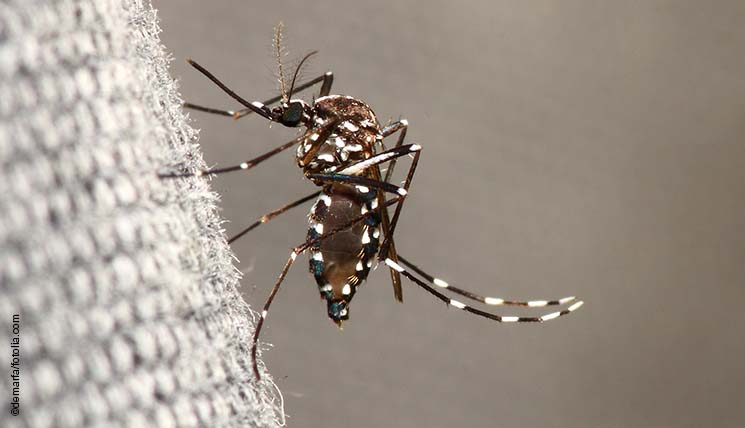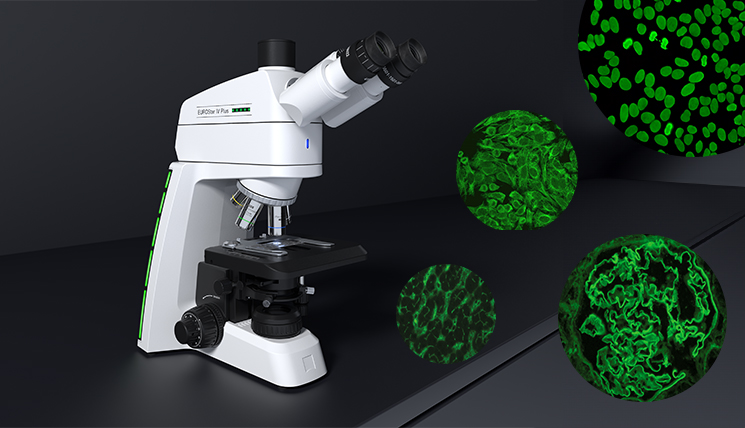Experts worldwide have identified climate change as the greatest health challenge of the 21st century. There is growing evidence that climatic changes also favour the emergence, recurrence and spread of infectious diseases. However, the full extent of this worrying development is still insufficiently investigated. In a recent study, researchers analysed the literature and found that 58 per cent of infectious diseases facing humanity worldwide seem to have been exacerbated at some point by climatic hazards such as greenhouse emissions in various ways, especially in terms of their spread and severity.
Another study published in Nature used simulations to show how climate change could alter the geographical ranges of more than 3000 mammal species and the viruses they carry by the year 2070. The researchers found that new encounters between mammal species will increasingly occur, for example due to migration to cooler areas, increasing the risk of novel diseases spreading. The findings thus suggest that climate change could become the most important factor in cross-species transmission of viruses by 2070.
Recently, the Robert Koch Institute (RKI) also drew attention to the fact that more and more exotic pathogens could become native to Germany in the next few years as a result of global warming, and called for awareness-raising among doctors.
Arbovirus infections
Viruses transmitted by insects (arthropods), also called arboviruses, are among the most common causative agents of infectious diseases in humans. In recent decades, they have become a growing problem worldwide. Epidemics of vector-borne viral diseases have increased especially in tropical and subtropical regions. But even in the temperate latitudes of Europe, such as in Germany, the number of infections with arboviruses such as West Nile virus (WNV) or tick-bite encephalitis (TBE) virus is now increasing every year. One reason for this is that the summers are getting warmer and longer. Warm temperatures favour the spread of virus vectors, mostly mosquitoes or ticks, to the north.
But even animal species that have been native to Germany for a long time are developing a new threat potential due to climate change. For instance, the common house mosquito of the genus Culex is increasingly becoming a vector of WNV. In 2019, cases of WNV infections caused by indigenously infected mosquitoes occurred in Germany for the first time. Locally acquired (so called autochthonous) WNV infections have also been identified in people in Germany in the last two years. The infections occurred in the summer months between July and September. Since about 80 per cent of WNV infections are asymptomatic and therefore usually go undiagnosed, it is estimated that far more people have already been affected by the virus infection in Germany.
With higher temperatures and milder winters, the number of disease transmissions by ticks is also increasing. Even ticks native to our latitudes, such as the common wood tick (Ixodes ricinus), pose a significant public health problem in Germany. In 2020, the RKI reported a record number of 712 TBE cases in Germany. In the cooler temperatures in the following year the number dropped again by 50 per cent. In the past, southern Germany in particular was considered a risk area for the transmission of TBE virus (TBEV), but now parts of Hesse, Thuringia, Saxony and Lower Saxony have also been designated as risk areas by the RKI.
In addition, a new exotic mosquito species has been spreading in Germany for years: the Asian tiger mosquito. While the tiger mosquito was first detected sporadically in southern Germany in 2007, larger populations are now also found in other regions such as Berlin during the summer months. Tiger mosquitoes act as vectors for dengue, Zika and Chikungunya viruses (DENV, ZIKV and CHIKV, respectively). So far, however, autochthonous cases of dengue, Zika and Chikungunya fever have not yet occurred in Germany and currently the risk of infection is considered by experts to be relatively low.
The clinical courses of infections with the various arboviruses are very similar, so that a diagnosis cannot usually be made on the basis of the symptoms alone. Therefore, if an infection is suspected, targeted virological diagnostics should be carried out.
Test systems for laboratory diagnostics
EUROIMMUN’s test systems for the diagnosis of arbovirus infections can reliably detect acute and past infections. The broad portfolio includes, among others, a PCR-based ZIKV assay and an ELISA-based DENV assay for reliable and clear pathogen detection based on virus genome or antigen. Both test systems are ideally suited for acute diagnostics during the viraemic phase. After viraemia, antibody detection is of great diagnostic importance: specific antibodies can be detected several days after the onset of symptoms. The detection of specific IgM antibodies or a significant increase in the specific IgG titer indicates an acute infection. For serological diagnostics, EUROIMMUN also offers a comprehensive range of ELISAs and indirect immunofluorescence tests (IIFT), which enable the detection of antibodies against TBEV, WNV, ZIKV and DENV, among others. The Arbovirus Fever Mosaic 2, for example, combines BIOCHIPs with different substrates (ZIKV, CHIKV, DENV type 1 – 4), so that this IIFT test system is designed for simultaneous antibody detection and can thus be optimally used for differential diagnostics. Parallel analysis of different parameters is also possible using ELISA. EUROIMMUN’s flexible automation solutions make the process even more efficient: with the EUROLabWorkstation ELISA, for example, 15 ELISA plates each with up to 12 different parameters can be processed per run.





